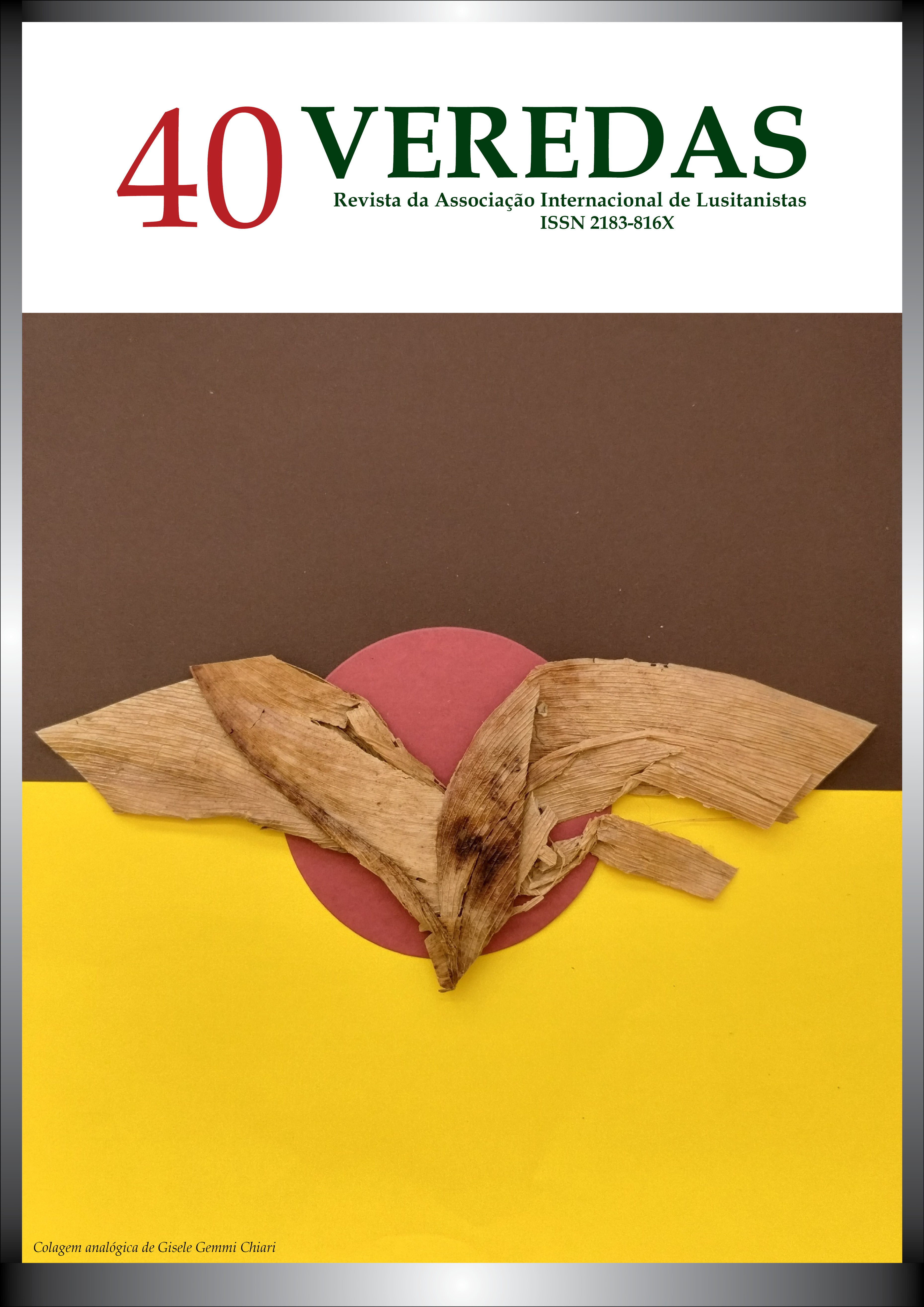Abstract
In this article, oral texts produced in Tetum Terik are studied, that is, the vernacular Tetum that preserves its original purity; genuine, without weirdness; the classic or traditional Tetum, considered a literary model used by the elders in their everyday friends, mainly in their traditional cultural ceremonies that gradually tend to fall into disuse. The expressions collected in these oral texts refer to different contexts and family or social situations. These texts are also basic matters for the understanding of Literature in its triple aspect: the social, the historical, and the aesthetic. The study of these oral texts allows a deeper understanding of the communion of language and culture, pointing out how reading and interpreting literary texts means an ability to unveil the plural identities of subjects in multilinguistic spaces. The examination of the texts belonging to the oral tradition recovered, received, the figure of the elders, as holders of the songs hamulac/k, the act of praying: dadalin/dadôulic, Malakar, and the poetry of four to five verses constituted essentially by couplets. In the analysis, dialogues are understandable, in terms of content and expression, with satires and songs of mockery, and ill-speaking, present in Portuguese troubadour lyrics, revealing, at the same time, social and cultural aspects that ensure the uniqueness of Timorese traditions.
References
CHEVALIER, Jean; CHERBRANT, Alain. Dicionário de símbolos. Lisboa: Editorial Teorema, 1982.
CINATTI, Ruy. Um Cancioneiro para Timor. Lisboa: Editorial Presença, 1980.
COSTA, Luís. Dicionário de Tétum Português. Lisboa: Colibri, 2012.
DUARTE, Jorge Barros. Em Terras de Timor. Lisboa, 1987.
FERREIRA, Aurélio Buarque de Holanda. Dicionário de Língua Portuguesa. São Paulo: Fronteira, 2010.
MENDES, Manuel Patrício. Dicionário Tétum-Português. Macau, 1935.
NASCIMENTO, Zacarias Santos; LOPES, Maria do Céu Vieira. Domínios gramática da língua portuguesa. Lisboa: Plátano Editora, 2012.
PAULINO, Vicente; CUNHA, Maria; GOMES, Nuno. Timor-Leste literatura, tradição oral e ensino. Díli Timor-Leste, 2022.
SARMENTO, Eugénio do Sagrado Coração de Jesus. Entrevista concedida a Fernanda Sarmento. Díli, 2014.
SILVA, Rosa da. Entrevista concedida a Eleonora Celestina Augusto Sarmento Magno Ximenes. Soibada, 2022
SOARES, Agostinha. Entrevista concedida a Fernanda Sarmento. Laclúbar, 2014.
TREVISAN, Ana Lúcia. Violência e horror: uma comunhão de imagens no romance Enterre seus mortos (2018), de Ana Paula Maia. Eixo Roda, Belo Horizonte, v. 31, n. 3, p. 205-219, 2022
VELOSO, João. Portugal nãoé o dono da língua portuguesa In: SOUZA, Sweder; OLMO, Francisco Calvo del. Línguas em Português: a lusofonia numa visão crítica. Porto: U.Porto Press, 2020. p. 157-173.

This work is licensed under a Creative Commons Attribution 4.0 International License.
Copyright (c) 2024 Ana Lucia Trevisan, Fernanda de Fátima Sarmento Ximenes

